The Windows OS era has come to an end. Try Linux Mint! - Instruction, tutorial, How-to.
Support for Windows 10 ends soon, and many have a computer that does not even run Windows 11.
Why not try Linux Mint - the easiest leap to the world of Linux?
- It is free.
- It works with the logic of a smartphone. If you can use a smartphone, you can use Linux!
- It looks like Windows so it does not feel alien to Windows users.
- It takes a lot less resources than Windows, and brings even an old computer back to life!
- You can test it on your computer before you commit!
But don't take my word for it, try it yourself! It is NOT difficult!
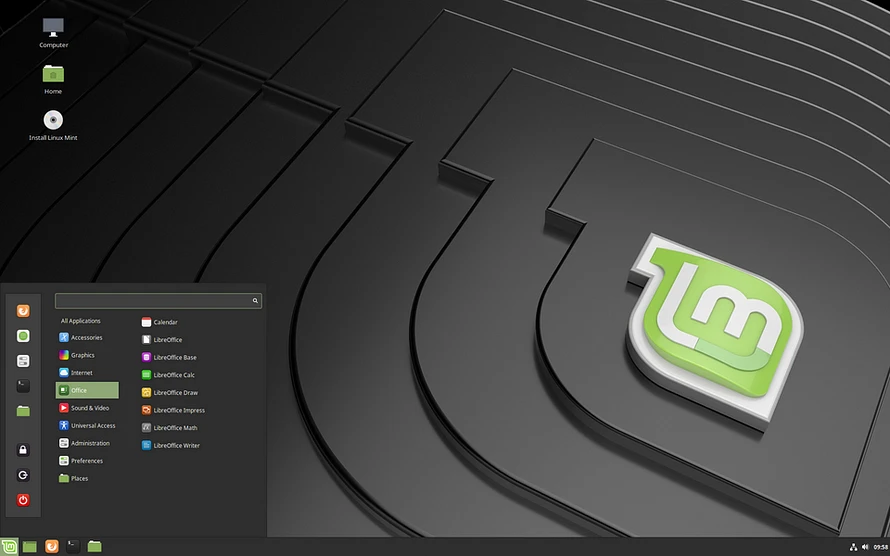
^This is what LinuxMint Cinnamon looks like.^
1. CHOOSE YOUR LINUX DISTRO (Distribution)
What is a Distro?
All Linux systems are versions of the same Linux kernel. Linux Kernel is the core of Linux functions and logic. On top of it, there are distributions to make the functions accessible to users. Some distributions are made on top of other, earlier distributions, to make for unique looks or functionalities. Linux Mint is a Linux - Ubuntu -based system. - Like an avocado has a seed(Linux), then flesh(Ubuntu), then peel(Mint).
You can change your chosen distribution (the peel you are looking at) anytime and easily. It all works upon the same Kernel, and distribution only determines the look and HOW you want to use the computer. Do you want it to be like an iPad, a smartphone, old Windows,or maybe you want to use a lot of code? It's your choise!
Linux Mint, as it is, works very much like standard Windows, with 'window' files and applications just a mouse-click away!
Other distributions like Red Hat are developer area. Many advanced users pick these to partake in development or to take advantage of the newest new to apply in their own way to their machines. Linux is all open source, so you can do whatever you want with your system!
But of course you don't have to... To your comfort I can say, that Linux Mint is enough as it is for most user needs, it has a wide user base and active developers, and a lot of tutorials and help available, if you need it. To most common everyday users, it is perfect!
2. TEST IT BEFORE YOU COMMIT
The OS (operating system) can be run off USB drive without affecting your current operating system (Windows). So you can test Linux Mint on your computer BEFORE you make your decision! Here is how:
- Download the Distro's ISO file from your chosen distro’s home page. (like linuxmint.com)
- Find an EMPTY USB stick (USB atleast 3GB, I used a 4GB one.)
- Use Rufus (or some other bootable USB creator) to create a bootable USB.
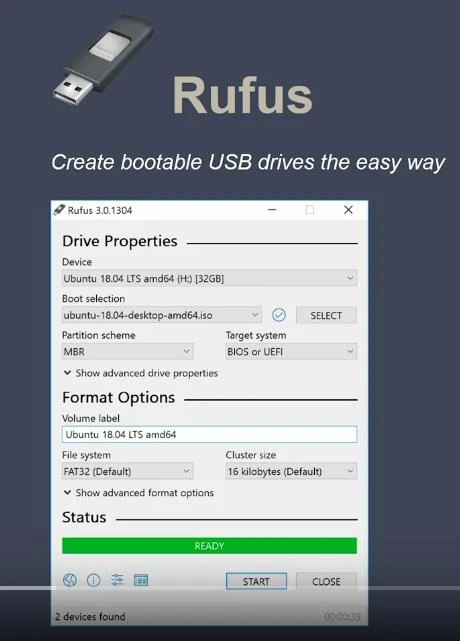
Persistense or not persistense?
The changes you make on your computer, while testing your OS on USB, will be saved on that same USB, on the space reserved there for it. You can carry the Operating System, and maybe even a couple of games on a larger USB, and test them without even touching your actual computer. This is why you do not plug an unknown USB to your work computer! It may have a load of viruses and a whole operating system running on it! Persistense means, that changes you make will be saved on that USB.
If you want to play around the system without saving any of your weird test files or abstract settings, do not use persistense.
3. DISABLE SECURE BOOT ON YOUR PUTER
- Otherwise your computer will automatically start Windows and gives you no option. You change the way your puter starts by entering BIOS setup.
Go to BIOS setup
How to get to the BIOS setup depends on your computer's model, and sometimes existing operating system. For example:
- HP: press esc at start-up. Leads you to a menu where you can select BIOS.
- Lenovo: F1 tai F2 depending on model.
- In Windows 10 settings: Go to Windows Start Menu – Power and sleep settings – additional power settings – choose what the power buttons do – Turn off fast startup, if it is grey, choose ‘change settings that are currently unavailable’ – save changes.)
Once in BIOS setup, look to eliminate fast startup.
Once you have eliminated fast startup, your computer will wait for your instructions to startup next time. Now it's time to start up with your choice of operating system!
4. BOOT FROM USB
Insert prepared USB
Start laptop – press your laptops hotkey for boot.
Laptops boot hot keys:
- Dell: Tap F12 when the Dell logo is displayed.
- HP: Tap F9 when the HP logo is displayed.
- Lenovo: Tap F12 when the Lenovo logo is displayed.
- Toshiba: Tap F12 or F2 when the Toshiba logo appears.
- Acer: Tap F12 as the Acer logo appears.
- Other: Try tapping Esc, F1-12, or Enter during bootup.
- If you are already using some Linux distro, hold shift down as you start.
When laptop opens the BOOT menu, choose USB storage device. Press Enter.

Linux Mint start menu opens. Keep it on “start Linus Mint”. Press Enter.
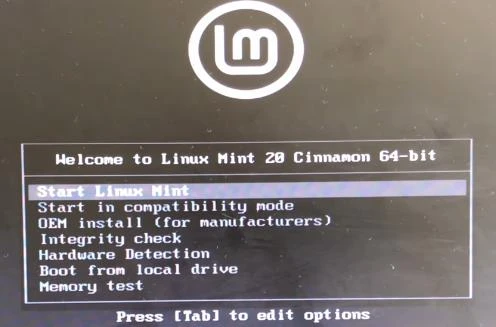
Now Linux Mint boots from the USB key! The desctop opens, and you can safely look around!
You can play with it now, Linux Mint comes with media players, browsers etc. Test everything to see if the system underneath functions with the OS.
If things don’t work, you likely will need to find compatible drivers to work between your system parts and the OS. In this case you need information about the system part’s model, then find fitting drivers online. You can do this later, as long as you can enter the internet from your Linux system.
At this point you can also shut the computer and take off USB and start it again. This opens your Windows that has been unaffected by your previous playbox. Find your needed drivers online using your familiar OS, before you install Linux.
5. INSTALL LINUX
When you have your Linux open from your USB, Click the icon for installing Linux on desktop.
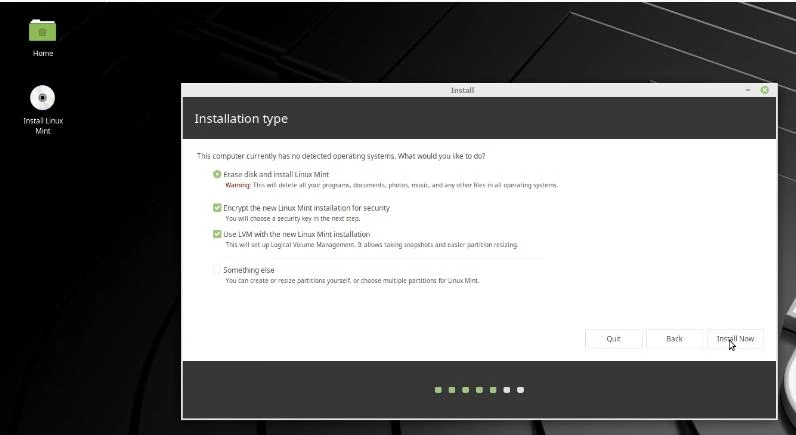
Click onward… In the window below you can choose wether you want to script your computer. I recommend, as long as you WRITE DOWN the password after you set it, a few steps ahead. You cannot enter a scripted system without the key/password. Very safe.
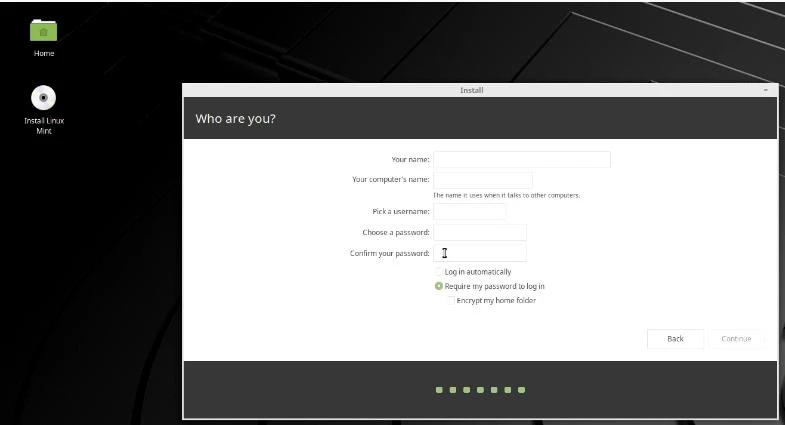
Restart the puter once the installation is finished.
6. FINISH AND POLISH IT
When the “Welcome window pops up, go through the “First steps” menu. Make sure to update drivers in the Driver management, and applications in the Update manager. In Linux, you must take care of your own updates. The system wont update everything for you unless you tell it to. No Windows style spyware or auto upgrades. You have the power here!
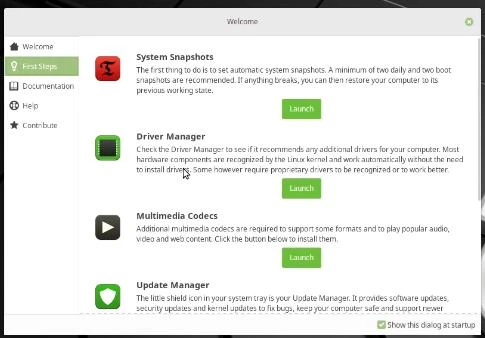
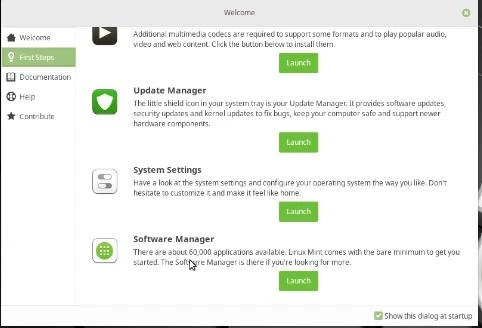
Set your system settings to your liking. If you do not like the Mint look, you can modify it to great extend!
Notice the “Software manager”. That is your "App store". With Linux, you do not look online for a software to install it, but you find the software you want through Software manager, and install it like through an app store. Now you can look in there for what games and apps you want on your computer! You also find all these in the start menu and the down left corner of the desctop.
Hopefully this helped someone understand Linux, or gave someone enough confidence to give it a try! Good luck!
Using Linux Mint instead of Windows is great for the peace of mind. It just feels so much better to know that your puter is not actively spying on you, making sudden changes, or pushing ads on bad moments. It is also alot safer against hacking attempts. It is a steady, reliable, private, and safe operating system that just feels like you are safe and in control again.